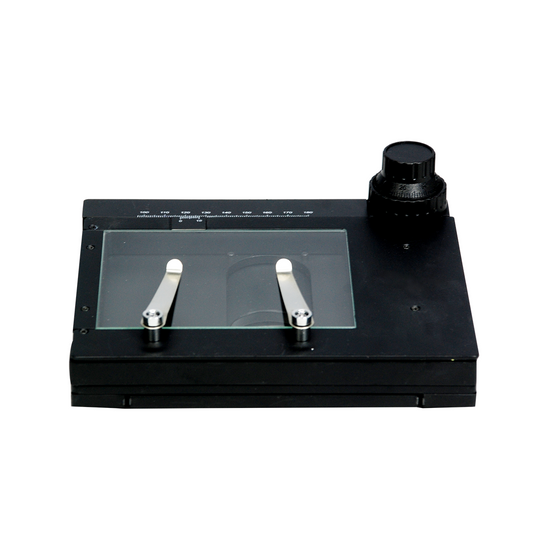I occasionally do minor SMT assembly and re-work. I know the standard practice for holding parts is to glue them, but sometimes I'd like to have a more temporary approach. For example, sometimes I need to build an assembly of several SMT components connected in "free space" to wires without being on a board.
My binocular microscope has a couple of spring-steel "tabs" that can hold the board, but are to big and too short to hold components. (see image below)
Does anyone know of if something exists like hold-down probes made of spring steel or piano wire, that would be small enough to hold down a component or package while soldering (without gluing it?) and thin enough to not get in the way of soldering small resistors or diodes?
I thought this would exist, but maybe I don't have the right term to search on. I'm imagining something like the "catwhisker" probe from early crystal radios, but larger.
Example of tabs on my current microscope:

Example of cat whisker for crystal radio:
(Image no longer available.)




